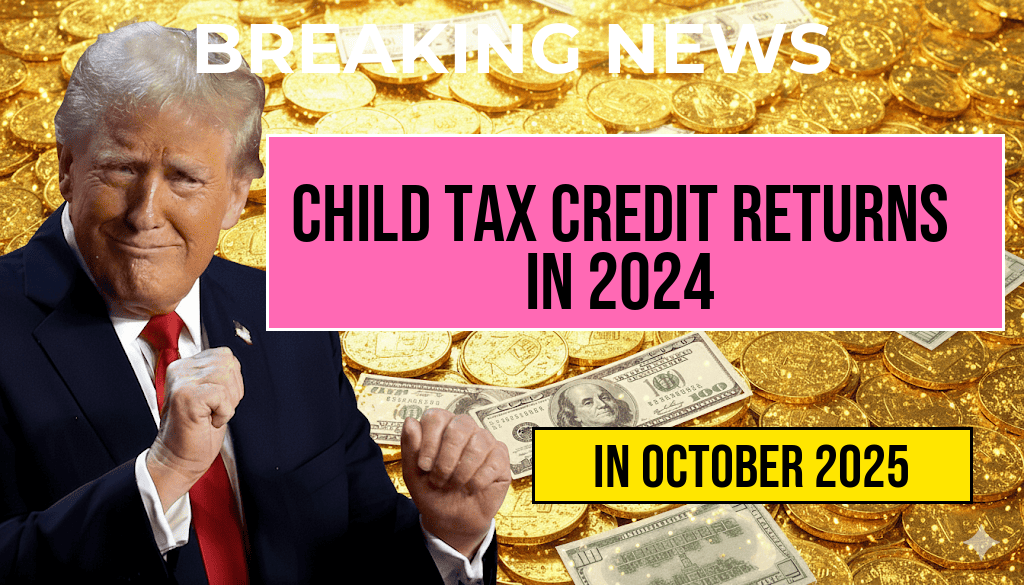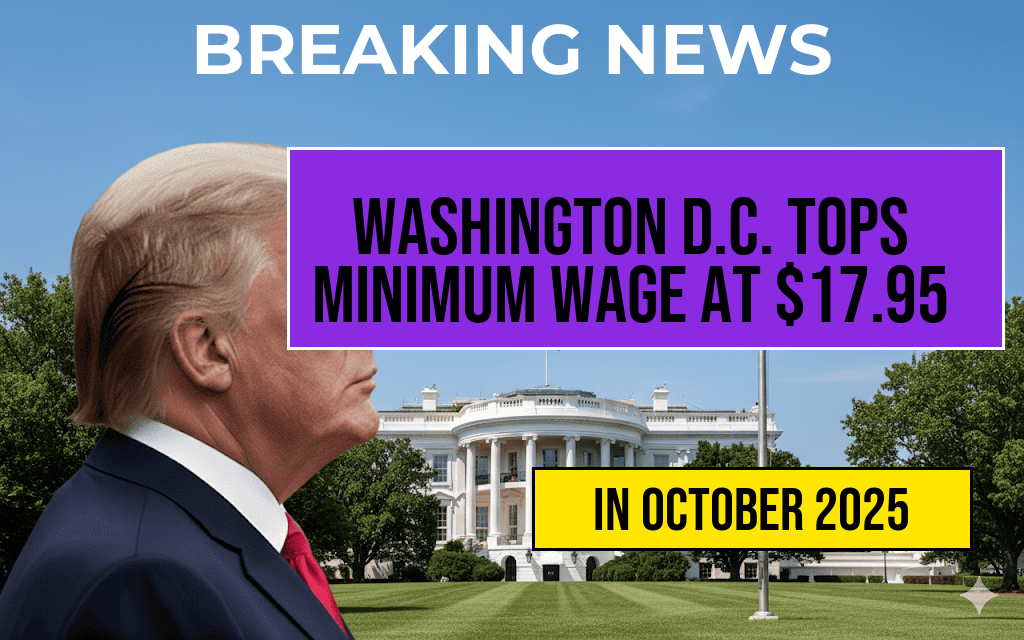California and New York are poised to reach a significant milestone in their efforts to improve wages for low-income workers, with both states approaching a $16.50 hourly minimum wage. This development reflects ongoing legislative initiatives aimed at addressing economic disparities and supporting middle- and lower-income households. California’s recent adjustments and New York’s scheduled increases are expected to elevate millions of workers’ earnings over the next year, marking a notable shift in the regional labor landscape. These changes are part of broader strategies to reduce income inequality while balancing concerns about business competitiveness and inflation. As the minimum wage climbs toward this new benchmark, policymakers, employers, and workers are closely observing the potential impacts on employment, living standards, and economic growth.
Progress Toward the $16.50 Benchmark
California’s Path to Higher Wages
California’s minimum wage has been steadily rising since 2016, driven by legislation designed to incrementally increase pay for workers across various sectors. As of 2023, the state’s minimum stands at $15.50 per hour for large employers, with smaller companies set to follow suit with scheduled increases. By 2024, the state’s minimum wage is projected to reach $16.50 per hour statewide, fulfilling the goal set by California’s previously enacted laws. This increase is expected to impact over 3 million workers, according to state labor department estimates (California Department of Industrial Relations).
New York’s Scheduled Increase
New York’s minimum wage has also been on a gradual ascent, with regional variations reflecting cost-of-living differences. For New York City, the minimum wage currently stands at $15.00 per hour, with plans to increase to $16.00 by the end of 2023. The state’s broader schedule aims for a statewide minimum of $16.50 per hour by 2024, aligning with California’s upcoming milestone. These increases are part of New York’s ongoing efforts to bolster economic stability for workers, especially in sectors heavily impacted by inflation and housing costs (New York State Government).
Economic and Political Factors Influencing Wage Policy
Legislative Support and Public Opinion
- Both states have seen widespread public support for increasing the minimum wage, citing the need for economic equity and improved quality of life.
- Legislators in California and New York have faced opposition from business groups concerned about increased labor costs and potential impacts on employment levels.
- Recent polls suggest that a majority of voters in both states favor higher wages, especially amid rising inflation and housing affordability challenges.
Balancing Growth and Business Viability
State governments have sought to balance wage hikes with economic growth by phasing in increases and providing support programs for small businesses. California, for instance, offers grants and tax incentives to assist businesses in adjusting to higher labor costs. Similarly, New York has introduced programs to help small enterprises manage transition periods, aiming to prevent layoffs or business closures.
Impacts on Workers and Employers
Positive Outcomes for Workers
- Increased earnings will directly improve living standards for millions, especially in urban centers with high living costs.
- Workers in retail, hospitality, healthcare, and other service sectors are likely to see immediate benefits from wage increases.
- Higher wages may reduce reliance on public assistance programs, easing some pressure on social safety nets.
Potential Challenges for Employers
- Small and medium-sized businesses may face higher payroll expenses, prompting some to consider automation or workforce reductions.
- Wage increases could lead to inflationary pressures in certain sectors, although data remains mixed on the overall macroeconomic impact.
- Employers are exploring strategies such as adjusting pricing or restructuring work hours to offset increased labor costs.
Comparative Table of State Minimum Wages
| State | 2023 Wage | Projected 2024 Wage | Effective Date of 2024 Wage |
|---|---|---|---|
| California | $15.50 | $16.50 | January 1, 2024 |
| New York | $15.00 (NYC), $14.20 (rest of state) | $16.00 (NYC), $16.50 (rest of state) | December 31, 2023 / January 1, 2024 |
Looking Ahead: Broader Implications
As California and New York approach this shared wage milestone, other states are reevaluating their minimum wage policies amid economic recovery efforts. The trend suggests a growing acknowledgment of the need to support low-income workers without significantly hampering business growth. Experts caution, however, that the true impact of these wage increases will unfold over the coming months and years, influenced by factors such as labor market dynamics, inflation trends, and regional economic policies (Wikipedia – Minimum Wage in the United States).
Ultimately, the move toward a $16.50 hourly minimum wage in both California and New York underscores a broader shift in the national dialogue about fair pay and economic security, highlighting ongoing efforts to bridge income gaps and foster sustainable growth.
Frequently Asked Questions
What is the new minimum wage milestone announced in California and New York?
The article discusses a significant milestone where the minimum wage in California and New York is expected to reach $16.50 per hour.
When will California and New York reach the $16.50 hourly minimum wage?
The article highlights that both states are projected to achieve this minimum wage milestone in the near future, with specific timelines depending on ongoing policy updates and economic conditions.
What factors are contributing to the increase in minimum wages in these states?
The rise in minimum wages is driven by legislative policies, inflation adjustments, and efforts to improve living standards for workers in California and New York.
How might this wage increase impact workers and businesses in California and New York?
The increase is expected to benefit workers through higher earnings but may also pose challenges for businesses related to labor costs and employment strategies.
Are there any differences in how California and New York are implementing these minimum wage changes?
Yes, the article notes that California and New York may have different implementation timelines and policies regarding wage increases, reflecting their unique state regulations and economic conditions.







